Arend Fokke Simonsz | |
|---|---|
 | |
| Born | 3 July 1755 Amsterdam, Netherlands |
| Died | 15 November 1812 (aged 57) Amsterdam, Netherlands |
| Occupation | Writer |
Arend Fokke Simonsz (3 July 1755 – 15 November 1812) was a Dutch writer and intellectual.
Arend Fokke Simonsz | |
|---|---|
 | |
| Born | 3 July 1755 Amsterdam, Netherlands |
| Died | 15 November 1812 (aged 57) Amsterdam, Netherlands |
| Occupation | Writer |
Arend Fokke Simonsz (3 July 1755 – 15 November 1812) was a Dutch writer and intellectual.
Arend Fokke Simonsz was born to Simon and Cornelia Fokke. Simonsz is best remembered as a writer, [1] but was also an important figure in the literary world at the end of the eighteenth century. He had for some time a publishing house and was a member of many literary societies. One of his most famous works, Het toekomende jaar 3000, is one of the earliest written examples of a utopia, and probably one of the first in Dutch literature. [2] Many of his books where critical analyses of current events and trends. [3] He had established himself as a critical observer, especially of the French government at the time. Though not illegal, this critical view brought him into the close eye of the authorities. [3]
He died at the age of 57 in Amsterdam.

Sranan Tongo is an English-based creole language that is spoken as a lingua franca by approximately 519,600 people in Suriname.
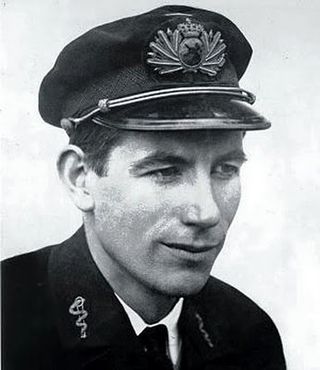
Jan Jacob Slauerhoff, who published as J. Slauerhoff, was a Dutch poet and novelist. He is considered one of the most important Dutch language writers.

Karel van Mander (I) or Carel van Mander I (May 1548 – 2 September 1606) was a Flemish painter, playwright, poet, art historian and art theoretician, who established himself in the Dutch Republic in the latter part of his life. He is mainly remembered as a biographer of Early Netherlandish painters and Northern Renaissance artists in his Schilder-boeck. As an artist and art theoretician he played a significant role in the spread and development of Northern Mannerism in the Dutch Republic.

Everhardus Johannes Potgieter was a Dutch prose writer and poet, who was born at Zwolle in Overijssel.
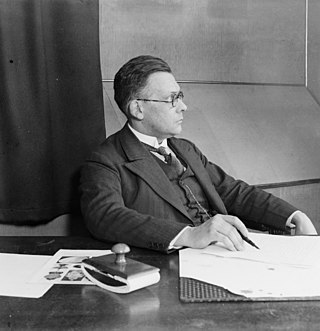
Jan Pieter Marie Laurens de Vries was a Dutch philologist, linguist, religious studies scholar, folklorist, educator, writer, editor and public official who specialized in Germanic studies.
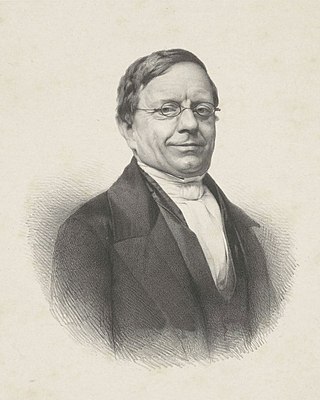
Abraham Jacob van der Aa was a Dutch writer best known for his dictionaries, one of notable people and the other of notable places in the Netherlands.
Tjalie Robinson is the main alias of the Indo (Eurasian) intellectual and writer Jan Boon also known as Vincent Mahieu. His father Cornelis Boon, a Royal Netherlands East Indies Army (KNIL) sergeant, was Dutch and his Indo-European mother Fela Robinson was part Scottish and Javanese.

Wolter Robert Baron van Hoëvell was a Dutch minister, politician, reformer, and writer. Born into nobility and trained in the Dutch Reformed Church, he worked for eleven years as a minister in the Dutch East Indies. He led a Malay-speaking congregation, engaged in scholarly research and cultural activities, and became an outspoken critic of Dutch colonialism. His activism culminated when he acted as one of the leaders of a short-lived protest in 1848. During the event, a multi-ethnic group of Batavian inhabitants presented their grievances to the local government. As a result of his leadership in the protest, van Hoëvell was forced to resign his position in the Indies.
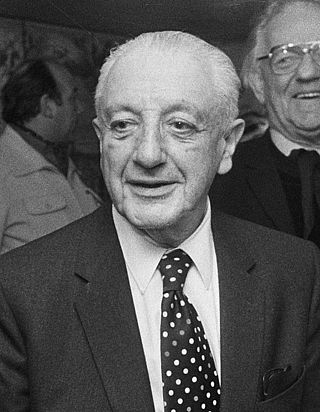
Jacques de Kadt was a prominent and often controversial 20th Century Dutch political thinker, politician and man of letters who was born in Oss and died in Santpoort. Born into a liberal Jewish family, he was the youngest son of a factory manager, Roelof de Kadt, and his wife Bertha Koppens. Author of numerous books and articles, his reputation was established by his book Het fascisme en de nieuwe vrijheid which was published in 1939, shortly before the outbreak of the Second World War.

Ferdinand Van der Auwera, pseudonym Fernand Auwera was a Belgian writer. His fragile health during his youth and its impact on his life (solitude), had an effect on his first literary work.

The Zwanenburgwal is a canal and street in the center of Amsterdam. During the Dutch Golden Age the canal was home to painter Rembrandt van Rijn, as well as philosopher Spinoza lived here. In 2006 it was voted one of the most beautiful streets in Amsterdam by readers of Het Parool, a local daily newspaper.

Michaël Henricus Gertrudis (Michiel) van Kempen is a Dutch writer, art historian and literary critic. He has written novels, short stories, essays, travel literature and scenarios. He was the compiler of a huge range of anthologies of Dutch-Caribbean literature and wrote an extensive history of the literature of Suriname, in two volumes.

Siegfried Emanuel van Praag, was a prolific Dutch writer of more than 60 books.

Herman Rudolf "Rudy" Kousbroek was a Dutch poet, translator, writer and first of all essayist. He was a prominent figure in Dutch cultural life between 1950 and 2010 and one of the most outspoken atheists in the Netherlands. In 1975 he was awarded the P.C. Hooft Prize for his essays.
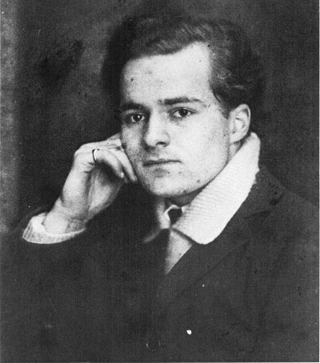
Adriaan Roland Holst was a Dutch writer, nicknamed the "Prince of Dutch Poets". He was the second winner, in 1948, of the Constantijn Huygens Prize. He was nominated for the Nobel Prize in Literature.

Alfred Kossmann was a Dutch poet and prose writer. Kossmann and his brother Ernst Kossmann, a distinguished Dutch historian, were twins.

Robert Nieuwenhuys was a Dutch writer of Indo descent. The son of a 'Totok' Dutchman and an Indo-European mother, he and his younger brother Roelof, grew up in Batavia, where his father was the managing director of the renowned Hotel des Indes.

Raden Mas Noto Soeroto (1888–1951) was a Javanese prince from the Jogjakarta noble house of Paku Alaman and was a poet and writer of Dutch Indies literature and journalist from the Dutch East Indies. He significantly contributed to the Dutch literary system by exploring new literary themes and focusing on indigenous protagonists, at the same time drawing attention to indigenous culture and the indigenous plight.

Cornelis Jan (Kees) Stip was a Dutch epigram poet. He wrote under many pseudonyms, most notably Trijntje Fop and Chronos.
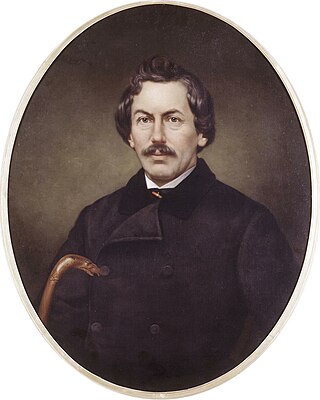
Alexander Willem Maurits Carel Ver Huell, also: Verhuell or VerHuell was a Dutch artist and writer.
![]() Media related to Arend Fokke Simonsz at Wikimedia Commons
Media related to Arend Fokke Simonsz at Wikimedia Commons